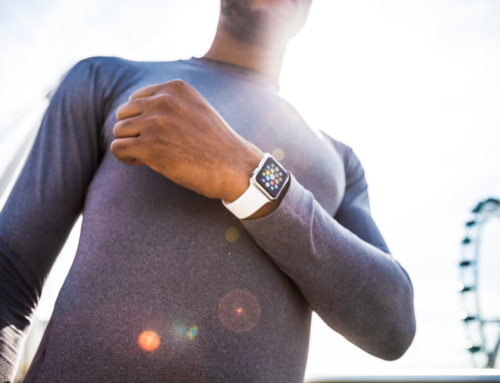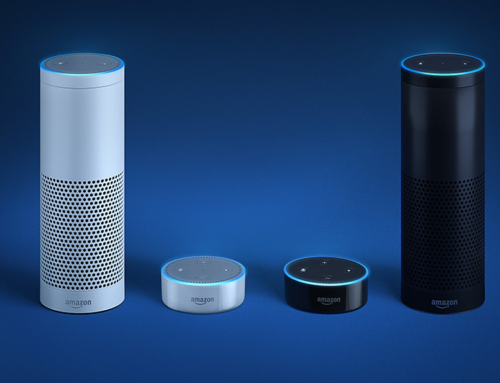By Arundhati Parmar | December 22, 2016
Superflex, a “powered” clothing startup that was spun out of SRI International, the well-known robotics nonprofit, announced earlier this week that it has raised $9.6 million in a Series A round of funding.
The Menlo Park, California-based company is developing a lightweight, connected apparel that can be worn underneath regular clothing. It’s called “powered” because integrated electric circuits throughout the apparel act as muscles providing strength and mobility to the body’s actual muscles and joints.
The funding round was led by Japanese venture firm Global Brain — its first in the U.S. — with participation from seed investors, Horizons Ventures and Root Ventures, and new investment from Sinovation Ventures.
“Superflex’s new category of ‘powered clothing’ represents, in our view, the future of movement with profound physical and emotional benefits to offer global society,” said Yasuhiko Yurimoto, CEO of Global Brain, in the news release.
Like many civilian technologies, Superflex’s technology has roots in the military having been developed at SRI for a DARPA-funded program. The goal was to reduce injury risk and enhance soldier endurance while carrying heavy loads. While several applications can be conceived of, Superflex is going for the low-hanging fruit – as a consumer wearable for seniors that would require no clearing of regulatory hurdles.
“Superflex’s powered clothing is being introduced as a direct-to-consumer wellness product, not a medical device (in the same way Fitbit is a wellness product),” said Rich Mahoney, Superflex’s CEO, in an email, forwarded by a company representative. “It’s important to be clear that we are making no medical claims whatsoever with our first product.”
It’s no Iron Man suit but can the smart wearable apparel in development can conceivable by a valuable aid to an increasingly aging global population.
The money will be used for bringing the product to market — slated for mid-2018 — design for manufacturing, and to validate the business model, Mahoney added. Superflex expects to hire an industrial design firm and engineering firm to help with the product development work, said Mahoney, formerly the director of robotics at SRI International.
In the future, the technology can be used as assistive devices to help muscular dystrophy patients, but this funding round and the immediate priority is the consumer wellness product, Mahoney said. He declined to provide any additional information about the product – what material the suit will be made out of and how many sensors it will comprise – citing the fact that the concept product is still in development. The company, however, did release a concept photo.
According to the press release, the end product will be a powered suit designed for those experiencing mobility difficulties later in life, or challenging work environments, that will provide core wellness support for a wearer’s torso, hips and legs. “Reacting to the body’s natural movements, the suit will provide power lift to naturally complement one’s strength during the act of standing up, sitting down or staying upright,” it said.
While Superflex is keeping regulated medical devices at arm’s length, efforts outside the U.S. point to the convergence between the medical world, soft robotics and apparel. Researchers at the Reconfigurable Robotics lab at EPFL (École Polytechnique Federale de Lausanne) have designed a “belt made of several inflatable components, which holds patients upright during rehabilitation exercises and guides their movements.”
Here’s how the technology for such soft robots are described:
Soft robots, powered by muscle-like actuators, are designed to be used on the human body in order to help people move. They are made of elastomers, including silicon and rubber, and so they are inherently safe. They are controlled by changing the air pressure in specially designed ‘soft balloons’, which also serve as the robot’s body.










